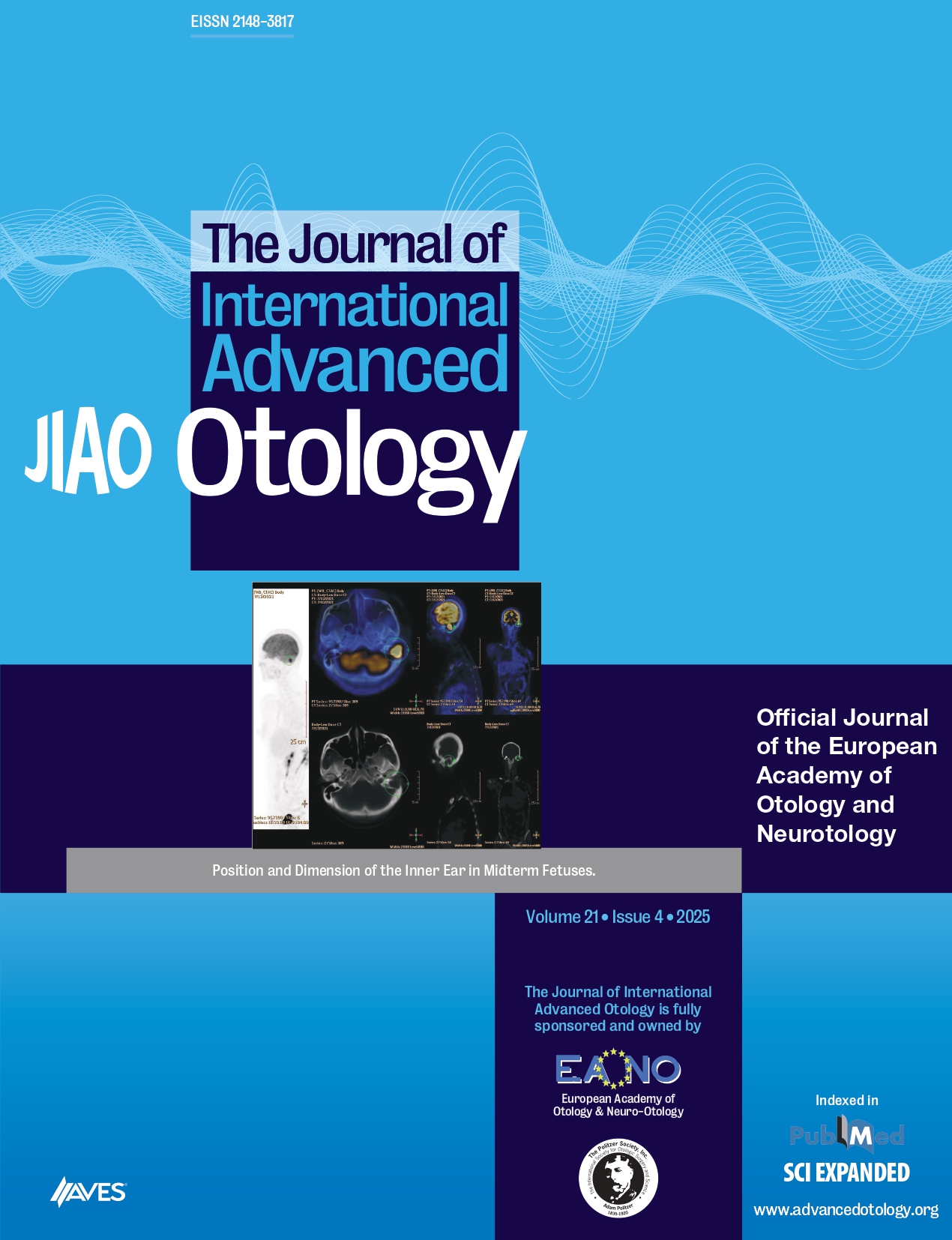Abstract
OBJECTIVE: To review the alternative techniques in cochlear implantation and to compare the complications with different techniques.
MATERIALS and METHODS: Patients who had undergone cochlear implantation were reviewed. Those patients who were operated using alternative techniques were selected and evaluated for the cause of their hearing loss and for the type of alternative technique that was utilized. Complication types and rates in these patients were evaluated.
RESULTS: In total, 38 patients were operated using alternative techniques following preoperative or intraoperative findings. The mean age of the patients was 8.3 (1–51) years. There were 20 male and 18 female patients. Thirteen patients were operated with a suprameatal approach and 18 with a transcanal approach. Resection of the bony part of the external ear canal and reconstruction (canal wall down technique) was performed in seven patients. Postoperative complications included wound infection, hematoma, chorda tympani injury, and tympanic membrane perforation.
CONCLUSION: Cochlear implantation is an effective method in the rehabilitation of sensorineural hearing loss. Complications are rare but can sometimes cause hematoma, taste impairment, tympanic membrane perforation, or wound infections. The standard procedure is not always suitable for patients with temporal bone abnormalities. Surgeons performing cochlear implantation should be aware of these variations and should be able to perform alternative implant techniques in these cases.



.png)
.png)